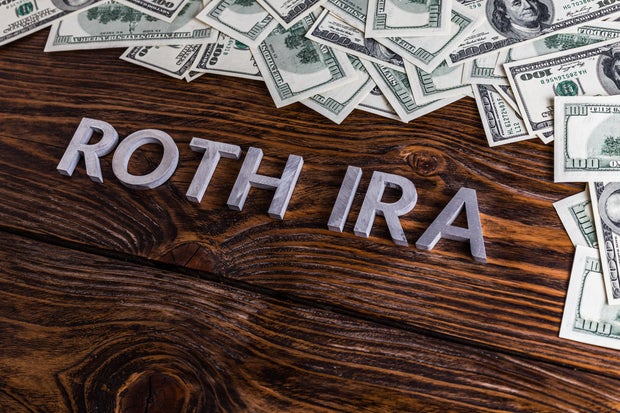Can I open multiple Roth IRA accounts?
Roth IRAs come with tax advantages and favorable withdrawal rules that make them a great choice for just about any kind of investor, especially if you're preparing to pay for pricey things like a home or a college education.
A Roth IRA is a tax-advantaged retirement account that lets borrowers withdraw funds tax-free in retirement. While investors cannot deduct contributions from their taxes, they will not have to pay taxes on any earnings later on. Investors are also allowed to withdraw contributions without penalty at any point (though there are still rules to know).
It's always a good time to start saving. Click on your state to learn how to open up a Roth IRA today.
Can I open multiple Roth IRA accounts?
There is no limit on how many Roth IRAs, or IRAs in general, you can have. Here are a few common reasons why you may want to open multiple accounts:
- Test the performance among different providers: You may want to open a Roth IRA with different robo-advisors to see which option provides better returns.
- Self-directed Roth IRA: Some investors may also choose to have a self-directed Roth IRA where they can invest in more unconventional securities that are not available with a regular Roth IRA.
- Add different beneficiaries: You can also add a different beneficiary to each Roth IRA, which can simplify estate planning. For example, you can have multiple Roth IRAs for each of your children. (Note: You could also merge the accounts into one IRA and simply add multiple beneficiaries with equal shares.)
If this is something you're considering, you can get started right away.
However, no matter how many IRAs you have, you still cannot exceed the annual individual contribution limit. In 2022, the annual limit is $6,000 or $7,000 for those 50 or older.
Contributing to multiple IRAs can make it harder to keep track of your annual contribution limit. If you do use several IRAs, you should ensure that you don't exceed the limit. The penalty for over-contributing is a 6% fee on the excess amount.
Why would you have more than one Roth IRA?
There are some specific times when it might be helpful to keep your Roth IRAs separate. For example, if you:
- Converted a traditional IRA to a Roth IRA: It might be better to keep that IRA separate from another Roth IRA. You are not allowed to withdraw earnings tax-free from a Roth IRA unless it's been at least five years since you contributed to that Roth IRA. "If the IRA funds were converted and co-mingled with the original Roth IRA, it would be difficult to track and determine which funds have met the five-year holding period and which are subject to an early withdrawal penalty," said Marianne M. Nolte, CFP of Imagine Financial Services.
- You inherited a Roth IRA from someone else: You should keep your inherited Roth IRA separate from an existing Roth IRA. "There are different tax rules for an inherited Roth IRA, and the rules are different for spouses, minor children and some other people," said financial planner Katy Cook of Abacus Financial Planning.
- You're saving for college: If you're using a Roth IRA to save money for a child's college education, you may want to keep those funds separate from your retirement-focused Roth IRA if those two goals are on different timelines. That way, you can adjust your investment choices based on each goal's timeframe.
If you do have multiple IRAs, think about what your goals are and if you truly need several different IRAs to accomplish them. Make sure you have a tracking system set up so you don't forget about your IRAs and exceed the contribution limit. You should also update the contact details on your IRAs so the correct information is listed.
If you haven't already, talk to a financial planner and ask them if multiple IRAs are still the right answer.






